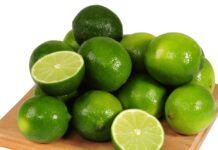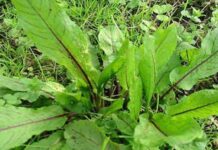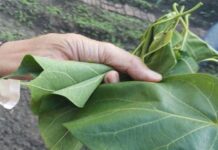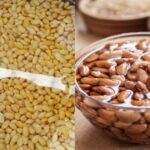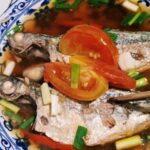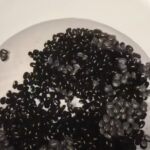In today’s fast-paced and busy world, with the help of modern kitchen appliances like super-fast electric pots, many people have forgotten about the simple act of soaking certain foods before cooking them. Soaking is often associated with cleaning or speeding up the cooking process by softening hard foods. But did you know that soaking potatoes, cassava, and even bones can have additional benefits?
It is a little-known fact that common grains and nuts like rice, black beans, almonds, and raw cashews contain natural toxins. These toxins serve as a defense mechanism to prevent germination and protect the seed. By soaking these foods, you break down these toxins and make them safer and more nutritious to consume.
Soaking grains and nuts makes them safer and more delicious:
Grains such as rice, soybeans, black beans, red beans, green beans, cashews, and other sprouting nuts naturally contain toxins. These toxins inhibit germination, protecting the seeds and preserving the species. Farmers soak these seeds in water, triggering the breakdown of these toxins, and allowing germination. Not soaking these grains and nuts before consumption can reduce nutrient absorption and may cause stomach aches.
Additionally, some grains and nuts contain mild toxins. For example, organic arsenic is present in rice bran. Soaking helps remove these undesirable components, improving taste and reducing astringency. It also ensures quicker cooking and a softer texture.
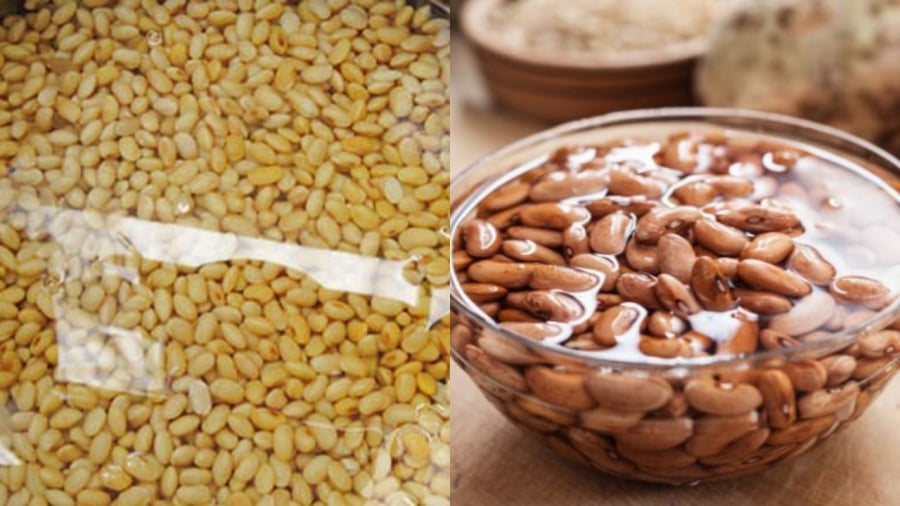
Soaking helps eliminate undesirable components
Potatoes, cassava, and fresh bamboo shoots require soaking to remove dangerous toxins:
Potatoes, which grow underground, sometimes protrude and are exposed to sunlight, turning them green. These potatoes are typically not consumed due to increased levels of the toxin solanine, which causes the greening. In the past, our ancestors would advise their children to peel and soak potatoes in water for at least half an hour before cooking. Today, due to our busy lifestyles, many people buy pre-peeled potatoes from the market and cook them immediately. The toxin levels in these potatoes are not immediately harmful, leading to a common oversight.
Even when potatoes are not visibly green, they contain relatively high levels of alkaloid acrylamide and small amounts of solanine. For this reason, it is best to soak potatoes before preparing them to ensure your safety.
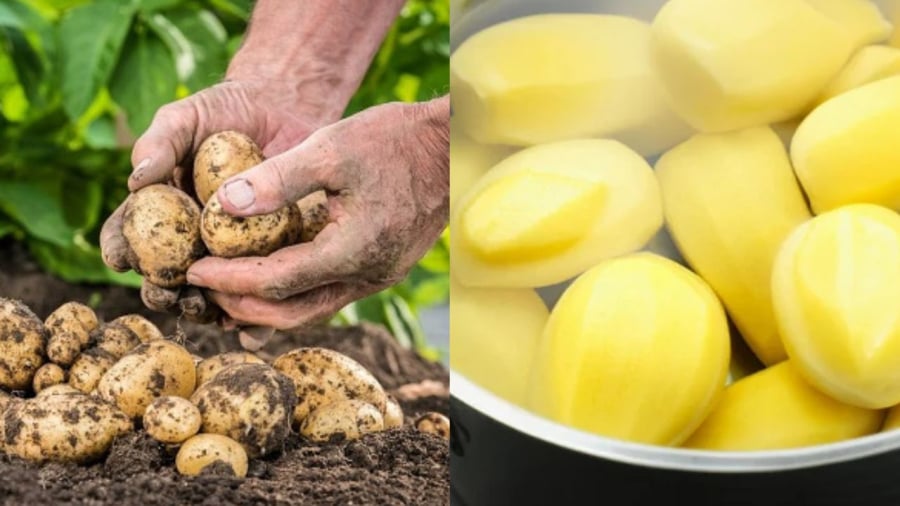
Soaking helps remove toxins
Cassava and fresh bamboo shoots also contain high levels of natural toxins, specifically cyanide, which can be fatal if consumed. These toxins belong to a group of dangerous substances that pose a significant risk to life. Therefore, it is imperative to soak these foods multiple times before preparing them.
Soaking and boiling cassava and bamboo shoots help leach out the toxins into the water. The toxins in cassava are mainly concentrated in the skin, ends, and core of the root, so these parts must be peeled and discarded before cooking. Soaking for 2-3 hours helps release the toxins, and boiling further breaks them down. For bamboo shoots, multiple soaks and boils are necessary to reduce the toxin levels without affecting the taste. During cooking, keep the lid off to allow the toxins to escape with the steam.
Soaking pork and chicken bones before blanching and cooking:
It is advisable to soak bones in water to remove any residual blood. This helps eliminate any unpleasant odors that may develop during the blanching and simmering processes. Animal blood on bones can attract bacteria, causing a foul smell. Soaking the bones ensures that the blood is removed, resulting in clearer bone broth that is free from any rancid odors.
Green mangoes should be soaked before consumption:
Green mangoes contain phytic acid, which can inhibit nutrient absorption. Soaking them in water before eating helps break down this acid.
Eggplants contain solanine, which can be toxic if consumed raw. Therefore, it is essential to soak them before pickling or cooking, especially if you are preparing a dish that involves marinating or eating them raw.
“A Delicious and Tangy Treat: Tomato-Braised Trac Fish”
If you’re looking for a delicious and unique way to cook with cá trác, then look no further! Today, we’re taking a deep dive into a mouth-watering recipe that will revolutionize your taste buds – cá trác kho cà chua. This dish is an explosion of flavors, with the perfect blend of sweet and savory notes that will leave you craving more. Join me as we uncover the secrets to creating this delectable treat and take your culinary skills to new heights!




















